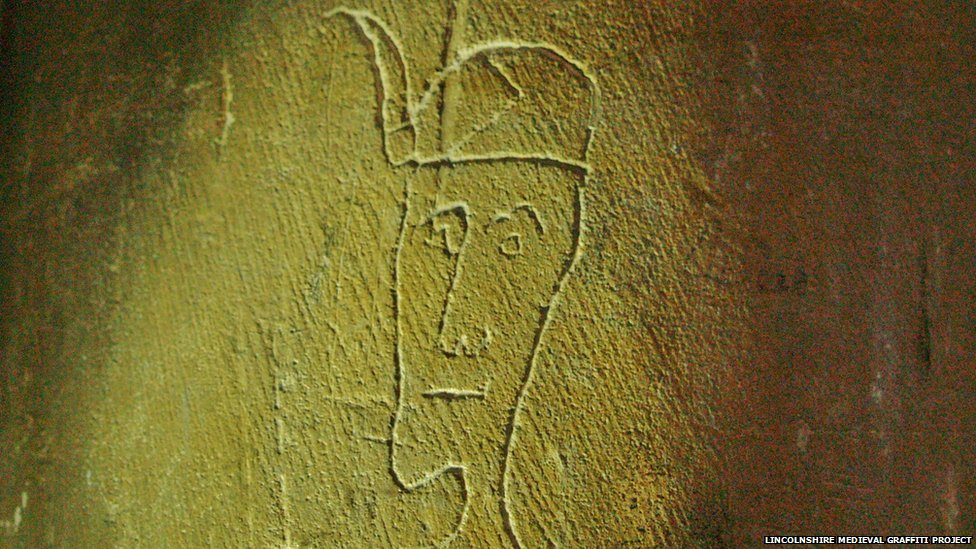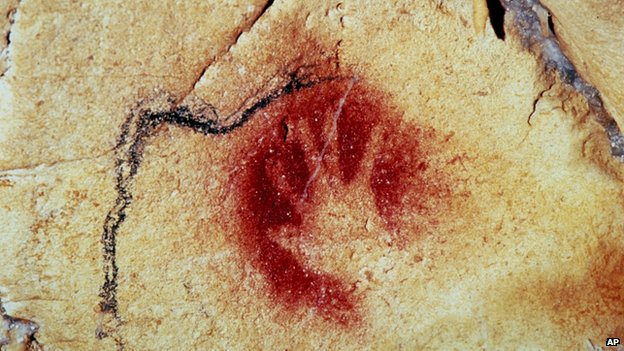Anti-Surveillance Camouflage for Your Face
In a world of increasingly sophisticated facial-recognition technology, a drastic technique can throw the machines off your trail.
Robinson Meyer
Original Link (with great photos)
JULY 24, 2014

The NSA made me slather my face in make-up.
Or, it didn’t make me, exactly. But last spring, I found myself wandering around D.C., wearing dazzle camouflage for the first time. It was a sunny Saturday, the capital swamp neither frigid nor muggy-oppressive—perfect for walking. It took me 45 minutes to get all the makeup on, to get the pencil right and the hair dangled just so.
I spent the day hanging out with some friends around Adams Morgan, a neighborhood seemingly developed by former hippies who had gone into non-profit C-suites or opened boutique restaurant-bars. I told my friends why my face had splotches of dark makeup on it but didn’t say much to anyone else, and that’s when the looks began.






